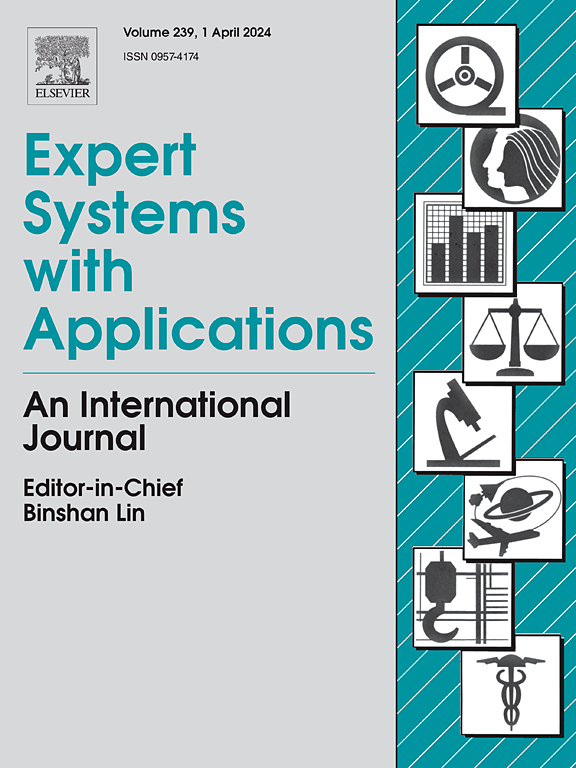渐进式自监督学习框架:从故障诊断到电机磨损预测
IF 7.5
1区 计算机科学
Q1 COMPUTER SCIENCE, ARTIFICIAL INTELLIGENCE
引用次数: 0
摘要
提出了一种基于对比自监督学习的系统磨损预测框架,重点研究了从故障诊断到预测的知识转移。具体来说,该研究考察了直流(DC)电动机,目的是预测其磨损程度。该方法包括使用对比学习的预训练阶段,该阶段从从传感器收集的多变量时间序列中提取时间特征。这些特征是使用标记数据构建的,创建跨共享相同标签的序列相关的表示。然后将这些表征用于长期磨损预测,整合CNN(卷积神经网络)和LSTM(长短期记忆)层。这种方法可以有效地区分上游任务的正常状态和失败状态,从而促进下游任务的故障预测。渐进式学习策略被纳入借口任务,以加速对比损失函数的收敛,尽管它在方法中仍然是可选的。结果表明,即使在没有标签的情况下,所提出方法的均方根误差(RMSE)也比没有外推数据的借口任务的相同模型低两倍(RMSE 0.78 vs. 1.44)。本文章由计算机程序翻译,如有差异,请以英文原文为准。
A progressive self-supervised learning framework: From fault diagnosis to electric motor wear prediction
This paper presents a wear prediction framework for systems based on contrastive self-supervised learning, with a focus on knowledge transfer from fault diagnosis to prognosis. Specifically, the study examines a direct current (DC) electric motor with the aim of predicting the extent of its wear. The methodology includes a pre-training phase using contrastive learning, which extracts temporal features from multivariate time series collected from sensors. These features are constructed using labelled data, creating representations that are correlated across sequences that share the same label. These representations are then used for long-term wear prediction, integrating CNN (Convolutional Neural Network) and LSTM (Long Short-Term Memory) layers. This approach effectively discriminates between normal and failed states in an upstream task, thereby facilitating failure prediction in a downstream task. A progressive learning strategy was incorporated into the pretext task to accelerate the convergence of the contrastive loss function, although it remains optional within the methodology. The results show that the Root Mean Square Error (RMSE) of the proposed method is twice as low as that of the same model without the pretext task on extrapolated data, even in the absence of labels (RMSE 0.78 vs. 1.44).
求助全文
通过发布文献求助,成功后即可免费获取论文全文。
去求助
来源期刊

Expert Systems with Applications
工程技术-工程:电子与电气
CiteScore
13.80
自引率
10.60%
发文量
2045
审稿时长
8.7 months
期刊介绍:
Expert Systems With Applications is an international journal dedicated to the exchange of information on expert and intelligent systems used globally in industry, government, and universities. The journal emphasizes original papers covering the design, development, testing, implementation, and management of these systems, offering practical guidelines. It spans various sectors such as finance, engineering, marketing, law, project management, information management, medicine, and more. The journal also welcomes papers on multi-agent systems, knowledge management, neural networks, knowledge discovery, data mining, and other related areas, excluding applications to military/defense systems.
 求助内容:
求助内容: 应助结果提醒方式:
应助结果提醒方式:


